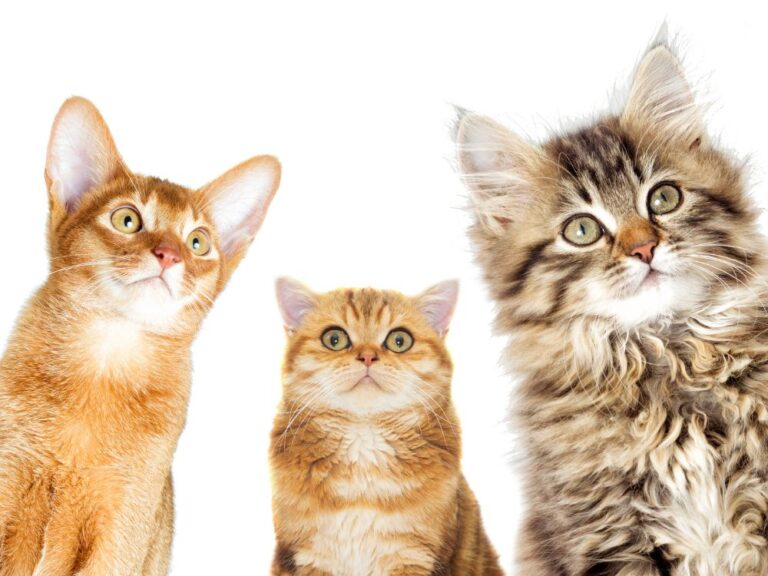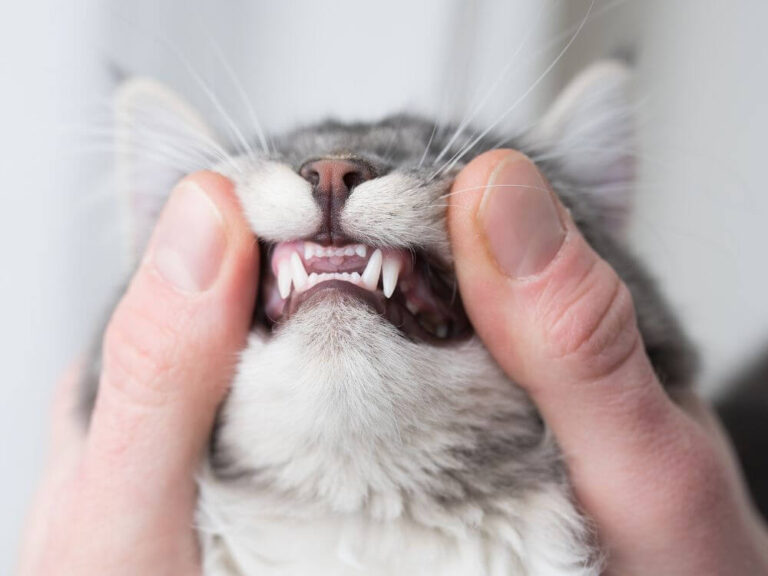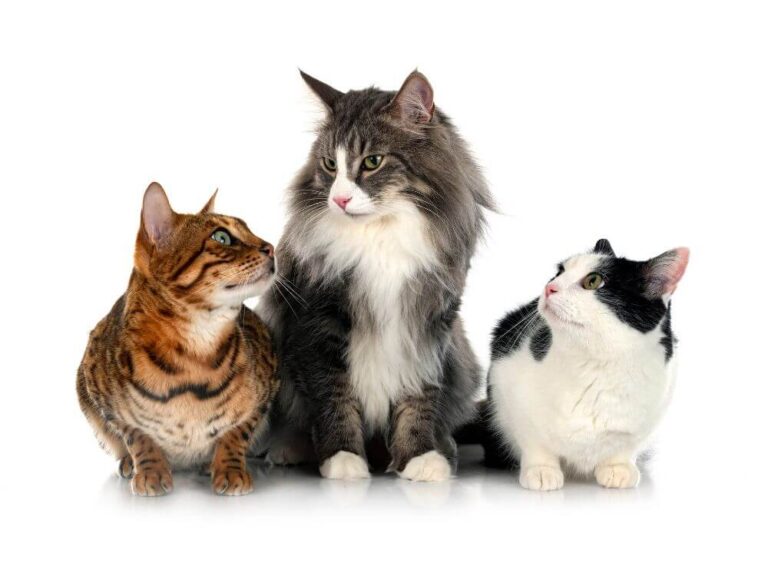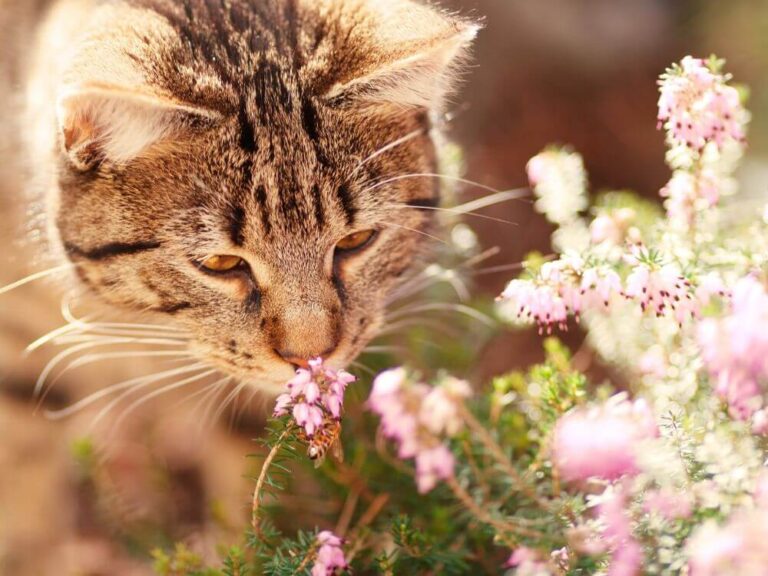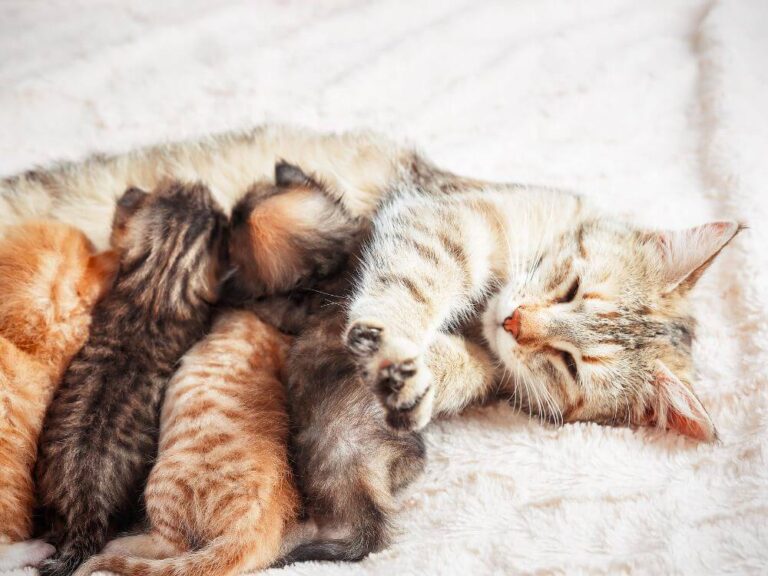Exploring the Unique Vision of Cats: How Felines See the World
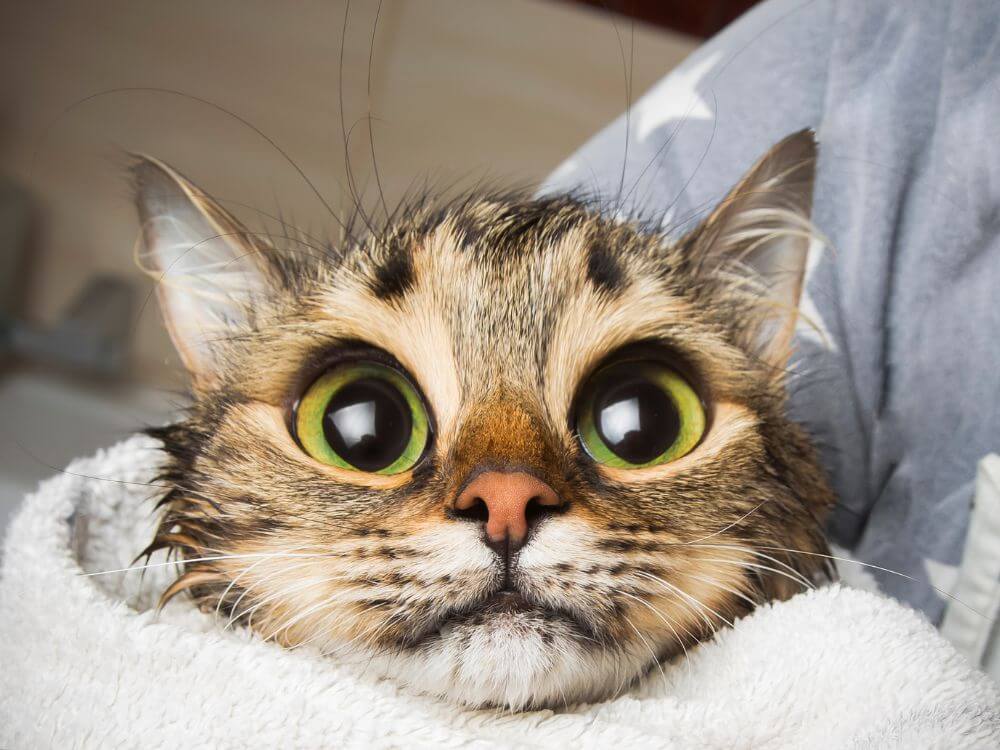
Cats are known for their striking eyes, which have captivated humans for centuries. These mysterious creatures possess a visual system that is both fascinating and unique, adapted perfectly for their predatory lifestyle. In this article, we will delve into the intricacies of cats’ vision, exploring how their eyes work, what they see, and how their eyesight compares to that of humans. Whether you’re a cat owner or simply intrigued by these enigmatic animals, understanding how cats perceive the world can deepen your appreciation for these remarkable creatures.
The Anatomy of a Cat’s Eye: Designed for the Hunt
A cat’s eye is a marvel of evolution, designed to give these stealthy predators a significant advantage in their natural environment. Every aspect of their eye structure, from the shape of their pupils to the placement of their eyes on their head, contributes to their exceptional vision.
The Shape and Function of the Pupil
One of the most distinctive features of a cat’s eye is its vertical, slit-shaped pupil. Unlike the round pupils of humans, a cat’s pupils can contract to thin slits in bright light and expand to large, round apertures in dim conditions. This ability to adjust pupil size rapidly allows cats to control the amount of light entering their eyes with incredible precision.
In bright light, the slit-like pupils help reduce the amount of light that enters the eye, preventing damage to the sensitive retina. In low light, their pupils expand significantly, maximizing the amount of light that reaches the retina, which is essential for their nocturnal lifestyle.
The Retina: A Cat’s Night Vision Superpower
The retina, located at the back of the eye, is where light is converted into nerve signals that the brain interprets as images. Cats have a higher number of rod cells in their retinas than humans do. Rod cells are photoreceptors that are highly sensitive to low light levels, which gives cats their exceptional night vision.
While humans rely more on cone cells, which detect color, cats’ vision is dominated by rods, making them highly efficient at detecting movement and seeing in near darkness. This adaptation is vital for hunting, as many of their natural prey are most active at dawn or dusk.
The Tapetum Lucidum: Reflecting Light for Enhanced Vision
Another feature that boosts cats’ night vision is the tapetum lucidum, a reflective layer behind the retina. This layer acts like a mirror, reflecting light back into the photoreceptors and giving the eye a second chance to detect light. It also causes the eerie glow seen in a cat’s eyes at night. The tapetum lucidum enhances their ability to see in the dark and improves depth perception in low light, making them effective hunters even when visibility is poor.
How Cats See the World: Color, Clarity, and Depth
While cats have remarkable night vision, their eyesight differs significantly from humans in other ways. Understanding these differences can provide insights into how cats perceive the world around them.
Color Vision: Limited but Functional
Cats do see in color, but their color vision is more limited compared to humans. While humans have three types of cone cells in their retinas, allowing us to see a wide spectrum of colors, cats have only two types of cones. This gives them a more muted color palette, similar to that of a person who is red-green colorblind.
Cats see the world primarily in shades of blue and green. They have difficulty distinguishing between reds and pinks, which appear more gray or brown to them. However, their color vision is well-suited to their needs, as color is less important to a predator that relies more on motion detection and night vision.
Visual Acuity: Seeing Detail from a Distance
While cats have excellent vision in low light, their ability to see fine detail from a distance is not as sharp as that of humans. A cat’s visual acuity is estimated to be around 20/100 to 20/200, meaning that what a cat can see clearly at 20 feet, a human with normal vision could see from 100 to 200 feet away.
This reduced clarity at a distance is not a significant disadvantage for cats. Their vision is optimized for detecting motion, particularly the quick, darting movements of prey. When hunting, a cat’s ability to detect even the slightest movement is far more critical than seeing fine details from afar.
Depth Perception and Field of Vision
Cats have a broad field of vision, approximately 200 degrees, compared to the 180 degrees of humans. This wide field of vision allows them to monitor their surroundings more effectively, which is crucial for both hunting and avoiding danger.
However, their depth perception doesn’t match that of humans. Cats have eyes positioned closer together on the front of their faces, which improves their binocular vision for judging distances at close range. This is particularly useful for accurately gauging the distance to prey when they pounce. Beyond about 20 feet, though, their depth perception diminishes, which is why cats rely more on movement detection and hearing for distant objects.
The Role of Vision in a Cat’s Behavior
A cat’s vision plays a central role in its behavior, influencing everything from hunting tactics to how they interact with their environment and even with humans.
Hunting and Play
Cats are natural hunters, and their vision is perfectly adapted for stalking and capturing prey. Their ability to detect even the slightest movement in low light makes them formidable predators. When a cat chases a toy or pounces on a piece of string, it’s mimicking the hunting behaviors that their vision is designed to support.
Even indoor cats, who have never hunted real prey, still display these behaviors due to their natural instincts. By understanding how cats see the world, you can select toys and activities that engage their hunting instincts, offering both mental and physical enrichment.
Communication and Social Interaction
Cats also use their eyes to communicate with other cats and with humans. A slow blink, for example, is often a sign of trust and affection in cats. When a cat meets your gaze and blinks slowly, it’s a sign that they feel safe and comfortable in your presence.
Conversely, a cat that stares without blinking may feel threatened or be on high alert. Understanding these visual cues can improve your relationship with your cat and help you interpret their mood and intentions.
Navigation and Exploration
Cats rely heavily on their vision to navigate their environment. Their low-light vision lets them move confidently at night, whether outdoors or navigating furniture at home. Their wide field of vision and motion detection keep them aware of threats or opportunities, even in unfamiliar settings.
Vision Problems in Cats: Signs and Symptoms
Just like humans, cats can experience vision problems as they age or due to injury or illness. It’s essential for cat owners to recognize the signs of vision issues so they can seek veterinary care if needed.
Common Vision Disorders
Cats can suffer from various vision disorders, including cataracts, glaucoma, and retinal degeneration. These conditions can impair a cat’s ability to see clearly and may require medical intervention.
Recognizing the Signs of Vision Problems
Vision problems in cats may show as bumping into objects, hesitation to jump, clumsiness, or unusual eye movements. If you see these signs, consult a veterinarian for a thorough checkup.
Early detection and treatment can often preserve or improve a cat’s vision, ensuring they maintain a good quality of life.
Conclusion: The Extraordinary Eyes of Cats
Cats’ vision is a complex and fascinating subject, revealing much about how these animals interact with the world. Their eyes, adapted for hunting, enable them to see in low light, detect movement precisely, and confidently navigate their environment.
While their vision differs from that of humans in several ways, these differences make them the exceptional creatures they are. Understanding how cats see can strengthen your bond and help you meet their needs, from toys to health care.
The world through a cat’s eyes is full of wonder, mystery, and unique beauty, much like they are to us.


